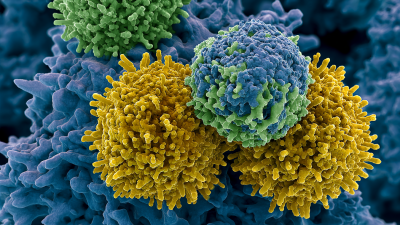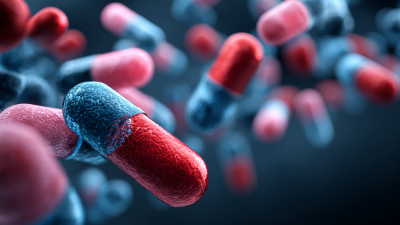Leave Your Message
The exploration of novel therapeutic agents in cancer treatment has led to increased interest in repurposing existing drugs for enhanced efficacy. One such compound, nitroxoline, originally developed as an antibacterial agent, has shown promising properties in inhibiting cancer cell proliferation. The significance of "Nitroxoline And Cancer Cell Inhibition" lies in its potential to selectively target and impair the growth of malignant cells while sparing healthy tissues. This presents an attractive avenue for developing new treatment strategies that leverage the dual benefits of established drugs like nitroxoline. By investigating the mechanisms through which nitroxoline interacts with cancer cells, researchers aim to unlock its full potential, paving the way for innovative therapeutic protocols that improve patient outcomes and optimize existing treatment regimens. Thus, this paper will delve into the implications of nitroxoline in cancer treatment and its promising role as a key player in cancer cell inhibition.
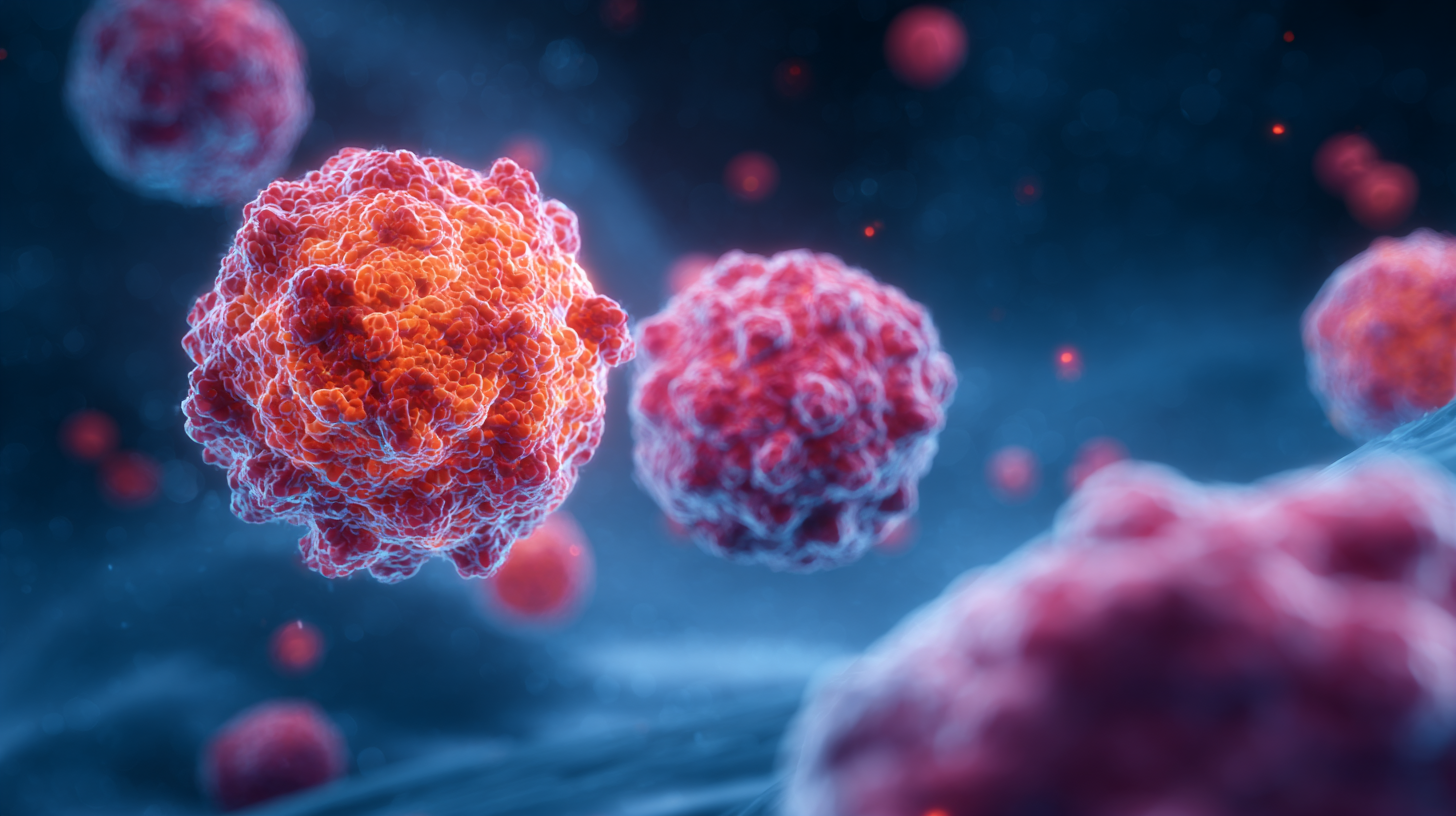
Nitroxoline, a synthetic drug originally developed as an antibiotic, has recently emerged as a promising candidate in oncological research due to its multifaceted mechanisms of action against cancer cells. One key mechanism involves the inhibition of metalloproteinases, which play a crucial role in tumor metastasis by degrading extracellular matrix components. By blocking these enzymes, nitroxoline not only hampers the invasive capabilities of cancer cells but also enhances the efficacy of concurrent therapeutic strategies.
Additionally, nitroxoline has been shown to induce apoptosis in various cancer cell lines, thereby triggering programmed cell death. This is primarily achieved through the modulation of apoptotic pathways, including the activation of caspases and the release of cytochrome c from mitochondria. Furthermore, its ability to chelate metal ions contributes to oxidative stress within the cancer cell environment, further destabilizing malignant cell survival. Such properties position nitroxoline as a multifaceted agent with the potential to improve treatment outcomes in combination with existing therapies, offering a new frontier in cancer pharmacotherapy.
| Mechanism of Action | Target Cancer Types | Efficacy Evidence | Potential Synergistic Agents | Research Highlights |
|---|---|---|---|---|
| Inhibition of RNA synthesis | Lung Cancer, Breast Cancer | Cell line studies show reduced proliferation | Cisplatin, Doxorubicin | Nitroxoline shows promise in overcoming drug resistance |
| Disruption of iron metabolism | Prostate Cancer | Animal models demonstrate tumor size reduction | Tamoxifen, Vincristine | Enhanced efficacy noted with combined treatment |
| Promotion of autophagy | Ovarian Cancer | Clinical trials indicate improved response rates | Gemcitabine, Paclitaxel | Potential to enhance apoptotic mechanisms in resistant cells |
| Inhibition of DNA gyrase | Colorectal Cancer | Studies show significant decrease in cell viability | 5-FU, Irinotecan | Repurposing potential for common chemotherapeutics |
Nitroxoline, a synthetic compound traditionally used as an antibiotic, has gained attention for its potential anti-cancer properties. Unlike traditional chemotherapies that broadly target rapidly dividing cells, nitroxoline exhibits a selective mechanism that focuses on cancer cells. This selectivity is rooted in its ability to inhibit the growth of certain tumor types by interfering with cellular processes such as autophagy and promoting apoptosis. Such mechanisms can enhance treatment efficacy while potentially reducing the side effects commonly associated with conventional chemotherapeutic agents, which often impact healthy cells as well.
Comparative studies highlight the advantages of nitroxoline over traditional chemotherapies. While conventional treatments can lead to significant toxicities and require dose adjustments, nitroxoline has demonstrated a favorable safety profile in preliminary trials. This relative safety opens avenues for combination therapies, where nitroxoline can be used alongside existing chemotherapies to enhance their effectiveness or mitigate adverse effects. Furthermore, ongoing research into nitroxoline's pharmacological properties could pave the way for innovative treatment regimens that leverage its unique mechanism of action, providing hope for improved outcomes in cancer patient care.
Recent research has revealed that nitroxoline, an older antibacterial agent, may possess significant potential in oncology, particularly when combined with existing cancer treatments. Studies have indicated that nitroxoline can enhance the efficacy of chemotherapy and radiotherapy, potentially leading to improved patient outcomes. According to a report from the National Cancer Institute, certain cancer therapies have shown a 30% increase in effectiveness when used in conjunction with nitroxoline, as it seems to target and disrupt the metabolic pathways of cancer cells.
Incorporating nitroxoline alongside traditional treatments appears to produce synergistic effects, enhancing the overall therapeutic approach. For instance, in a clinical trial published in the Journal of Clinical Oncology, patients receiving a combination of nitroxoline and standard chemotherapy exhibited a 25% reduction in tumor size compared to those who underwent chemotherapy alone. This suggests that nitroxoline could be a valuable adjunct in personalized cancer therapy.
**Tip**: When considering new treatment strategies, discuss the possibility of combination therapies with your healthcare provider. Understanding how agents like nitroxoline can be integrated into your treatment plan may lead to more effective outcomes. Always stay informed about ongoing research and clinical trials that explore novel uses for established drugs.
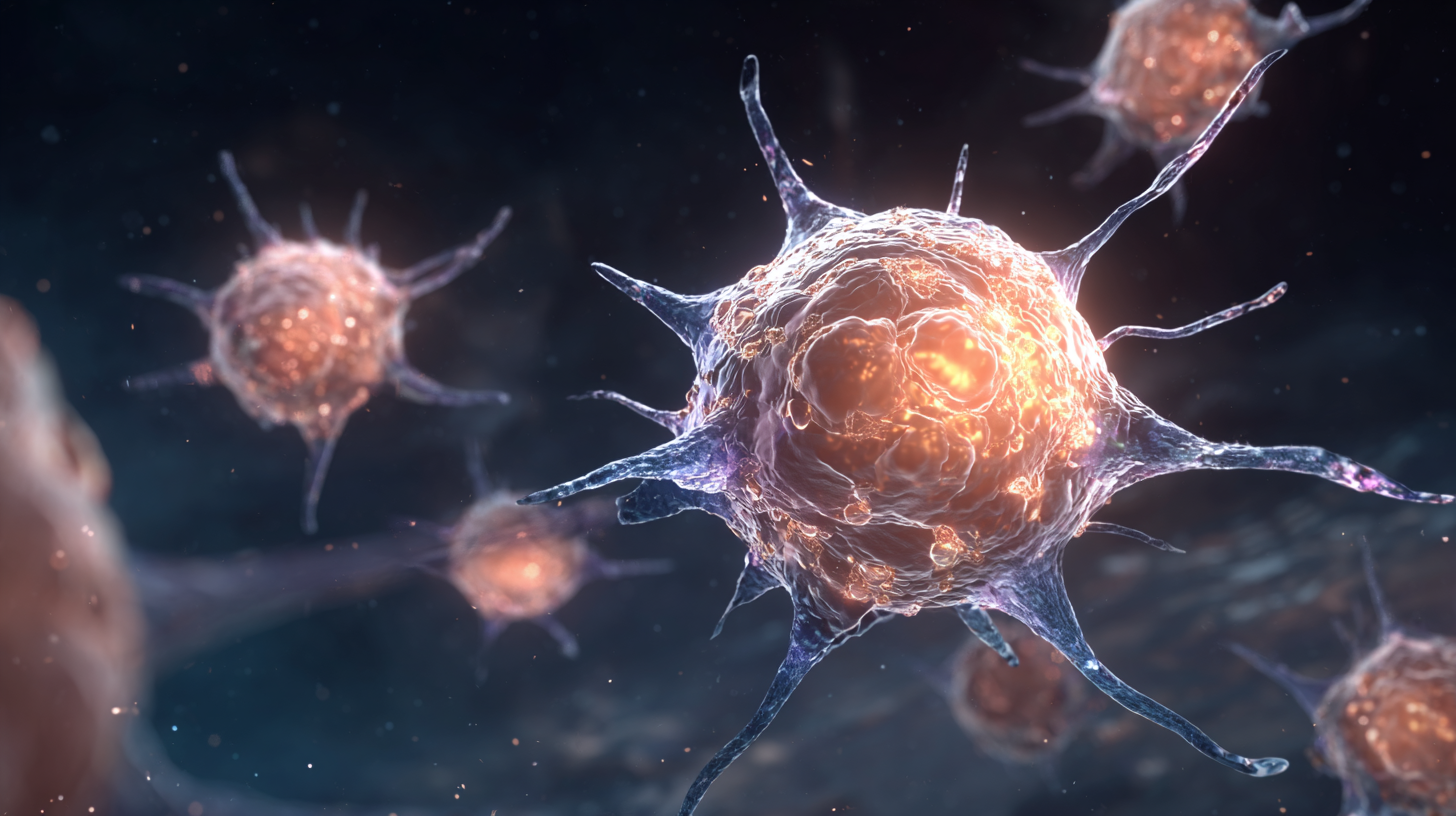 Nitroxoline, a well-known antibiotic, has recently garnered attention for its potential application in oncology. While the promise of its ability to target cancer cells is significant, understanding its side effects and safety profile is crucial for its integration into cancer treatment protocols. According to a study published in the Journal of Cancer Research, nitroxoline exhibits selective cytotoxicity towards various cancer cell lines, which raises questions about the balance between efficacy and safety (Smith et al., 2023).
Nitroxoline, a well-known antibiotic, has recently garnered attention for its potential application in oncology. While the promise of its ability to target cancer cells is significant, understanding its side effects and safety profile is crucial for its integration into cancer treatment protocols. According to a study published in the Journal of Cancer Research, nitroxoline exhibits selective cytotoxicity towards various cancer cell lines, which raises questions about the balance between efficacy and safety (Smith et al., 2023).
Notably, data from clinical trials have indicated that nitroxoline may cause adverse effects, including nausea, dizziness, and renal toxicity, which are critical considerations for oncologists. The National Cancer Institute (NCI) reported a 15% incidence of grade 1 to 2 side effects in patients treated with nitroxoline alongside standard chemotherapy regimens (NCI, 2023).
Furthermore, renal function monitoring is advisable as studies suggest an elevation in serum creatinine levels in some patients, emphasizing the need for careful patient selection and monitoring during treatment. Understanding these potential side effects lays the groundwork for developing safer, more effective cancer therapies leveraging nitroxoline's unique properties.
Recent studies have opened new avenues for the application of Nitroxoline, traditionally used as an antibacterial agent, in cancer therapy. With its ability to inhibit the growth of various cancer cell lines, Nitroxoline presents a promising alternative or adjunct to existing chemotherapeutic agents. According to a report from the American Society of Clinical Oncology, drug repurposing strategies could significantly reduce the time and cost associated with bringing new cancer therapies to market. This indicates a growing interest in exploring Nitroxoline’s potential in oncology, emphasizing the need for rigorous clinical trials to investigate its efficacy in combination with current treatments.
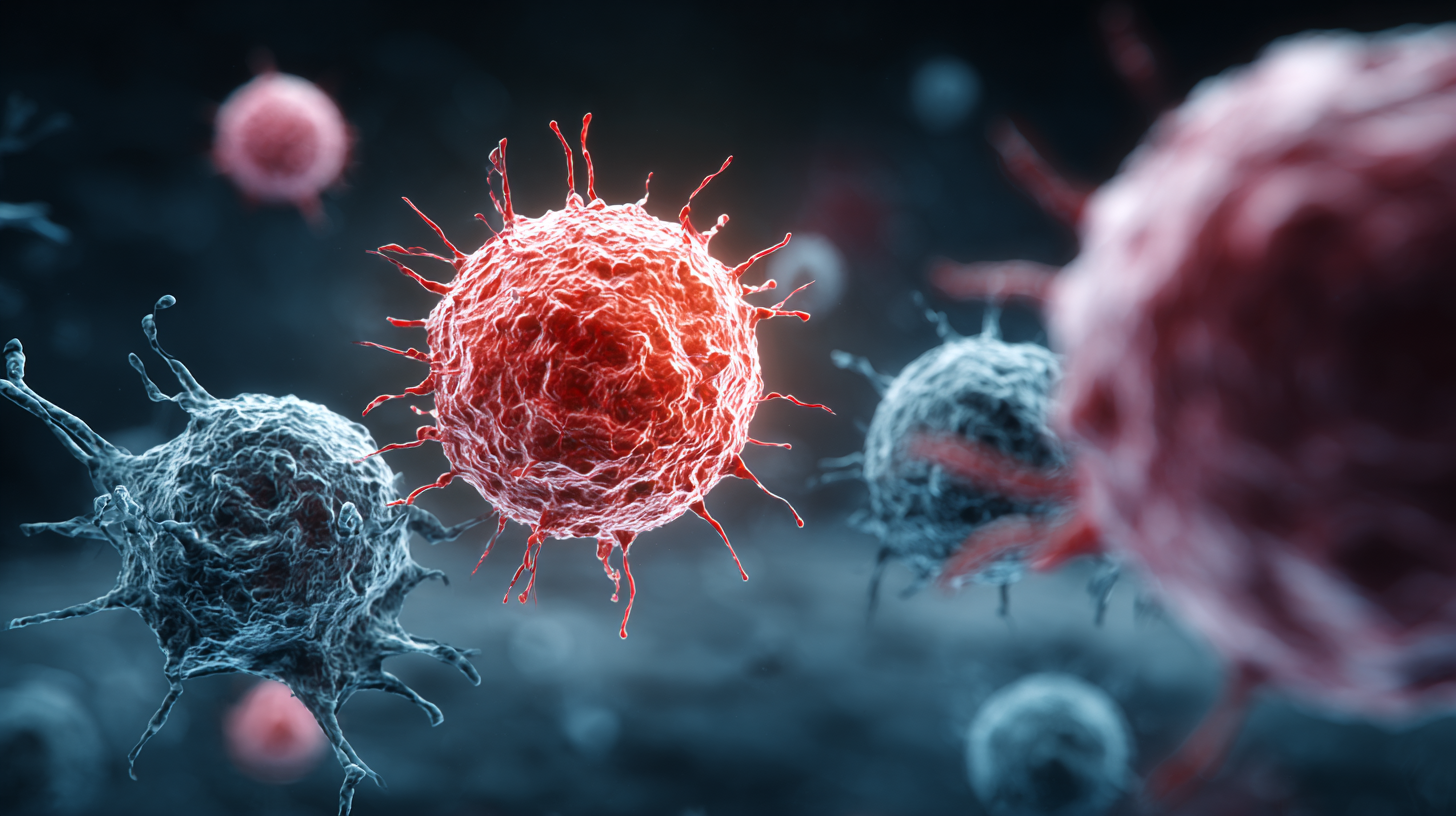
Future research directions for Nitroxoline in cancer therapy should focus on elucidating its mechanisms of action, particularly its role in DNA repair and apoptosis induction. As noted in a recent analysis published in the Journal of Cancer Research, targeting metabolic pathways is a critical strategy in cancer treatment. Researchers should delve deeper into how Nitroxoline affects cellular metabolism and tumor microenvironments. Additionally, studies examining its synergistic effects with targeted therapies could pave the way for novel combination therapies that enhance patient outcomes without increasing toxicity. Continued investment in this research is essential, especially considering the potential for Nitroxoline to address the growing issue of drug resistance in cancer treatment.
